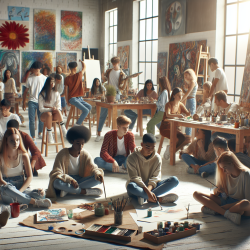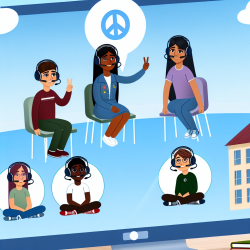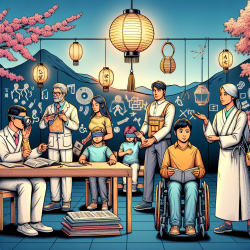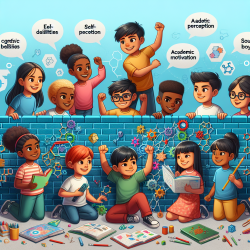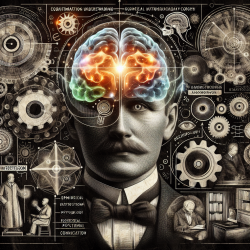Unlocking Teen Potential: The Power of Art Therapy Open Studio
As practitioners in the field of mental health, we constantly seek innovative approaches to support our clients, especially adolescents grappling with identity development and mental health conditions (MHC). A recent study, "Art Therapy Open Studio and Teen Identity Development: Helping Adolescents Recover from Mental Health Conditions," presents a compelling case for the transformative power of Art Therapy Open Studio (OS-ID) in aiding teen identity development.
What is Art Therapy Open Studio?
Art Therapy Open Studio is a humanistic form of group art therapy that emphasizes the healing quality of the creative process itself, focusing on process over product. Unlike traditional group therapy, OS-ID does not require active interaction among participants, allowing teens to explore their creativity in a non-threatening environment. This approach is particularly beneficial for teens who experience social anxiety or have been isolated from their peers due to MHC.
Key Elements of OS-ID
The OS-ID model incorporates several key elements that contribute to its effectiveness:
- Supported Autonomy: Teens are encouraged to make personal choices, fostering a sense of identity and self-discovery.
- Absence of Participatory Demands: Participants are not required to interact or share their creations, reducing anxiety and pressure.
- Emphasis on Creative Process: The focus is on the process of creation rather than the final product, allowing for self-exploration.
- Non-Threatening Significant Others: Therapists and peers provide validation without imposing social demands.
Case Studies: Ethan and Liora
The study highlights two case studies that illustrate the OS-ID model's potential strengths and applications:
- Ethan: A 16-year-old boy with depression and anxiety who initially avoided male peer interactions. Through OS-ID, Ethan gradually engaged with peers and explored different materials, ultimately gaining confidence in male companionship.
- Liora: A 15-year-old girl who took on parental responsibilities due to her mother's borderline personality disorder. OS-ID provided Liora a safe space to express herself artistically, transitioning from themes of entrapment to hope and belonging.
Implementing OS-ID in Practice
For practitioners looking to incorporate OS-ID into their therapeutic practice, consider the following steps:
- Designate a safe, supportive environment with a variety of art materials available.
- Encourage supported autonomy by allowing teens to choose their materials and creative process.
- Focus on the process rather than the product, providing a non-judgmental space for self-exploration.
- Serve as a non-threatening significant other, offering validation without imposing demands.
By implementing these elements, practitioners can create a therapeutic space that fosters identity development and emotional healing for adolescents recovering from MHC.
To read the original research paper, please follow this link: Art Therapy Open Studio and Teen Identity Development: Helping Adolescents Recover from Mental Health Conditions.
